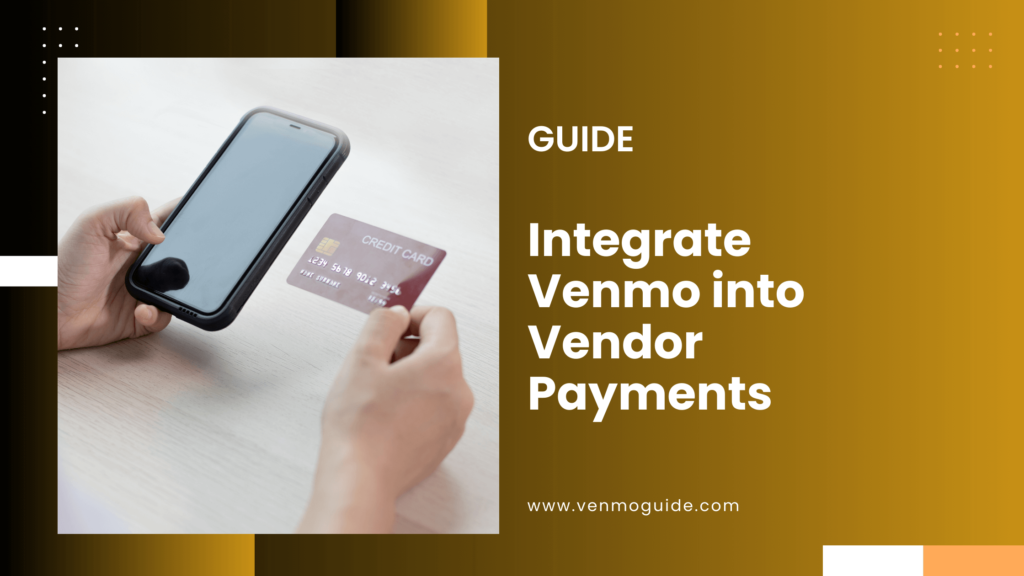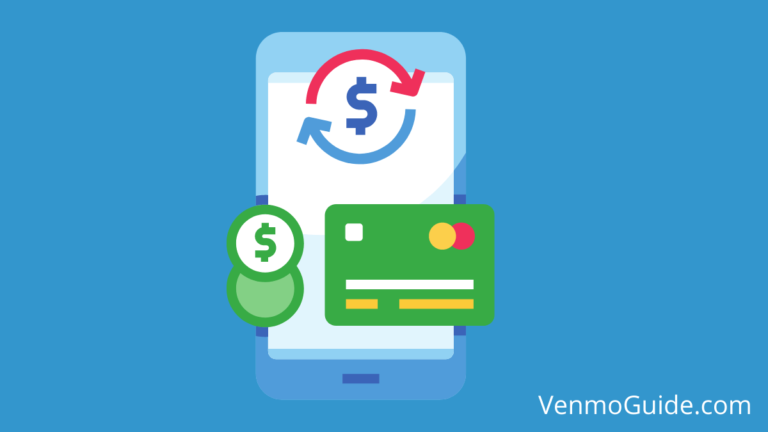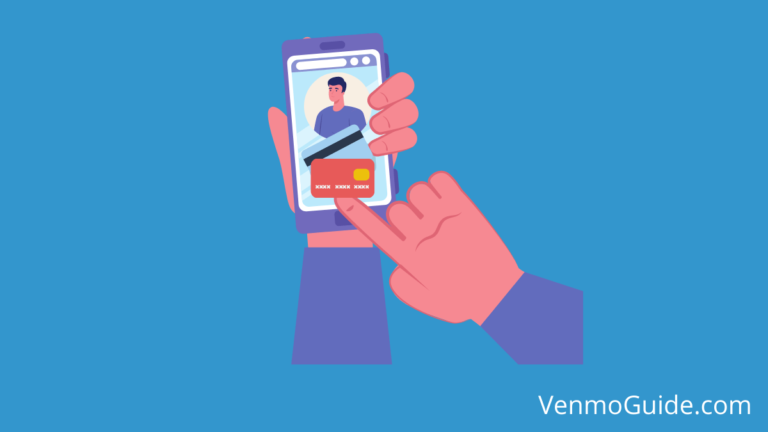To integrate Venmo into vendor payments, create a Venmo business profile, generate a QR code or payment link, and use Venmo’s API for online transactions. Verify vendors have Venmo accounts, notify them, and monitor transactions in your business profile. This streamlines payments and enhances flexibility.
How To Integrate Venmo into Vendor Payments?
To integrate Venmo into vendor payments, follow these steps:
- Create a Business Profile: Set up a Venmo business account through the app or website.
- Generate a QR Code or Payment Link: Use Venmo to create a unique QR code or payment link for easy vendor payments.
- Use Venmo API: For online transactions, integrate Venmo’s API into your website or app to accept payments directly.
- Verify and Notify Vendors: Ensure vendors have Venmo accounts and notify them about payment methods.
- Monitor Transactions: Track and manage all payments within your Venmo business profile.
This integration streamlines vendor payments and enhances payment flexibility.

Integrating Venmo into Your Payment Process
Integrating Venmo into your payment process can attract a younger customer base and streamline transactions. Here’s how to effectively implement Venmo as a payment option in your business.
Venmo for Business
Venmo for Business helps businesses connect with over 60 million users. It provides an easy way for customers to pay, which is key for attracting a younger audience. Many Venmo users are Millennials and Gen Z, who prefer mobile payments. By enabling Venmo, you tap into a popular payment method.
Setting up a Business Profile on Venmo is necessary.
This profile distinguishes personal transactions from business ones. You’ll also need to be aware of transaction fees, which are typically 1.9% + $0.10 for each payment. This information is crucial to maintain your profit margins.
Setting Up Venmo as a Payment Option
To accept Venmo, first create your Business Profile within the Venmo app. Once your profile is set up, it’s easy for customers to make payments directly within the app. You can also provide a QR code at your checkout, allowing for quick transactions.
Make sure your checkout process is easy. Customers should see Venmo as an option alongside credit or debit cards.
You could also share detailed instructions on how to use Venmo, as new users might need guidance.
Keep your app updated to ensure all features are functioning, including payment notifications and transaction tracking.
Partnering with Payment Gateways
To integrate Venmo smoothly, consider partnering with payment gateways like PayPal or Braintree. These platforms offer seamless integration options, making it easier to handle multiple payment methods.
Most gateways support Venmo payments, allowing transactions to flow smoothly. They also provide comprehensive analytics, which can help you track sales trends related to Venmo usage.
By choosing the right payment gateway, you can simplify your business’s payment processing. Always evaluate transaction fees and user experiences offered by different platforms to find the best fit for your needs.
Integrating Venmo can enhance your payment options while appealing to a modern audience.
Optimizing Customer Payment Experience
Creating a smooth payment experience can boost customer satisfaction and reduce cart abandonment. It is essential to look at how to make the most of Venmo in vendor payments while keeping the process easy and engaging for customers.
Streamlining the Checkout Process
Speed matters when it comes to checkout. A streamlined process can significantly reduce the chances of cart abandonment. Make sure to minimize the number of steps needed to complete a payment.
Tips for a quick checkout:
- Single Click Payments: Integrate Venmo’s payment option that allows for one-click payments.
- Guest Checkout: Offer an option for guest checkout to avoid forcing account creation.
- Clear Steps: Use simple prompts that guide customers through the process.
Using mobile-first designs, especially for your app, can improve the experience on iOS and Android devices.
Offering Venmo directly in mobile apps adds convenience for users familiar with the platform.
Leveraging Venmo’s Social Features
Venmo is not just for payments; it includes social features that can enhance customer engagement. By leveraging these, you can create a sense of community around your brand.
- Share Transactions: Customers can share their purchases on Venmo, leading to organic promotion.
- Incentives: Consider offering discounts or rewards for customers who share their purchases.
- User Interactions: Encourage customers to tag you in their transactions, fostering interaction.
Utilizing these social features can create a stronger connection with your brand and encourage repeat business.
Managing Transactions and Records
Keeping track of transactions is crucial for any business, and Venmo provides tools to help with this. Efficient management can also improve customer trust.
- Transaction History: Make sure to regularly review transaction histories for accuracy.
- Customer records: Store essential customer details securely for easier future transactions.
- Reporting Tools: Use reporting tools available through Venmo to analyze sales and customer behavior.
This practice helps you keep financial records tidy and supports quick resolution of any payment issues.
Transparency in transactions builds customer trust and satisfaction.
Ensuring Security and Compliance
Maintaining security and compliance is essential when integrating Venmo into vendor payments.
You want to ensure that both your business and your customers are safe from fraud and that you follow all necessary laws.
Implementing Strong Security Measures
To protect yourself and your customers, implement strong security measures. Use encryption to secure the data transmitted through Venmo. This helps keep sensitive information, like bank account or card details, safe from hackers.
Enable two-factor authentication for added security. This means that users must verify their identity in two ways, making it harder for unauthorized people to access accounts.
Regularly review and update your security protocols.
Monitor transactions for suspicious activity, and report any fraud immediately. Make sure your vendors are also following strong security practices to avoid risks.
Adhering to Compliance Standards
Compliance with tax regulations is crucial when using Venmo for business payments. Make sure to understand 1099 rules and when you may need to report payments. If you pay contractors over $600 in a year, you may need to file a 1099 form.
Stay updated with Federal and State compliance standards that apply to digital payments. Ensure that you have proper documentation for all transactions.
This can include invoices and receipts, showing that you’ve adhered to required guidelines.
Being proactive about security and compliance helps build trust with your customers. It can also protect your business from potential legal issues down the line.






